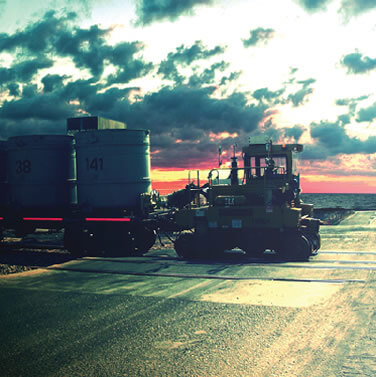
The bimodal system represents a revolution in rail transport, since it has broken the myth that to use trains in the transportation of minerals or other freight, the railway line needs to reach the door of the mine or factory. The basic components for the bimodal system for transporting copper concentrate are as follows: loading system, trucks, locomotives, railway platforms, unloading system and containers especially designed in Peru to carry concentrate.

First phase begins in the mine, where two front-end loaders collect the ore concentrate to deposit it in a collection tray.
At the same time, lorries enter the loading area carrying containers with a capacity of 15 tons per container. Both semi-trailers and cylindrical containers have been exclusively designed for ore concentrate and products transportation in Peru.
When lorries reach the loading area, PeruRail trained staff at the control room activates the loading system: a conveyor transports the concentrate to a hydraulic funnel delivering the exact amount of ore in the containers. The operation is performed according to the safety standards in force.
Once both containers have been loaded, a safety seal is placed in order to secure them against cargo manipulation.
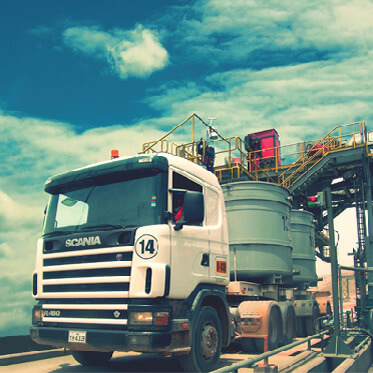
Once the container has been loaded, hermetically sealed and the lorry has all the required documentation, it exits the mine heading to La Joya station.
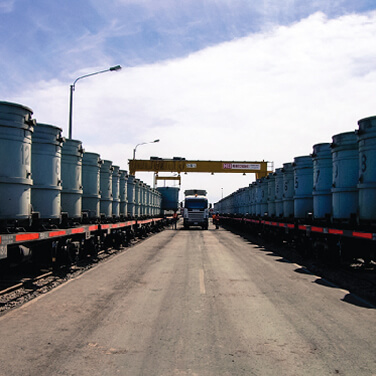
The third phase of the process begins at La Joya station. The security staff examines the lorries and then the containers are transferred to the train.
Lorries enter the transfer area, where, on both sides, there are railways in which train convoys are located.
A crane bridge with a 20 tons loading capacity operated by the specially qualified staff removes containers from the lorry to locate it on the flat train car. Then, it takes an empty container from the flat train car placing it on the lorry. The operation is repeated until the convoy cargo is completed.
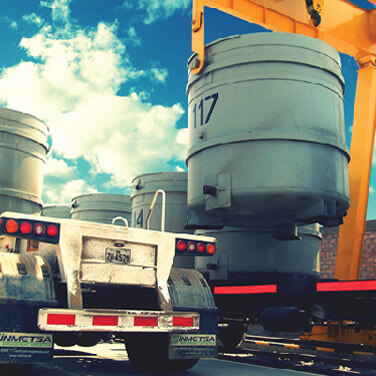
The fourth phase of the bimodal ore transportation process is train transportation. Locomotive carries 16 flat cars, each of which carries 4 containers. The maximum convoy cargo is 960 tons.
Approximately 2 hours and 30 minutes takes the train to cover this route, overcoming the geographical and climatic diversity of the area, and without impacting the environment with the content it transports.
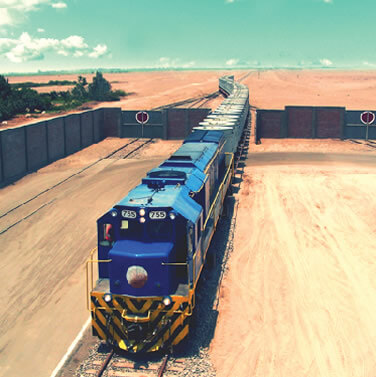
At the fifth and last phase of the process, when containers reach the port company parking zone in Matarani, a track mobile unhooks the convoy and transports the flat train cars in pairs into the unloading warehouse. From this point, PeruRail task is finished.
At the unloading warehouse, the trained staff lifts the containers and deposits them on a hoisting frame where the concentrate is unloaded by gravity. The warehouse is hermetically sealed under negative pressure in order to prevent raising dust to pollute.
Finally, the ore, which is separated according to its chemical composition and moisture level, is transported by an open conveyor system and a tubular conveyor which are directly connected to the ships' hold. The entire operation is performed under strict safety and environmental measures.
